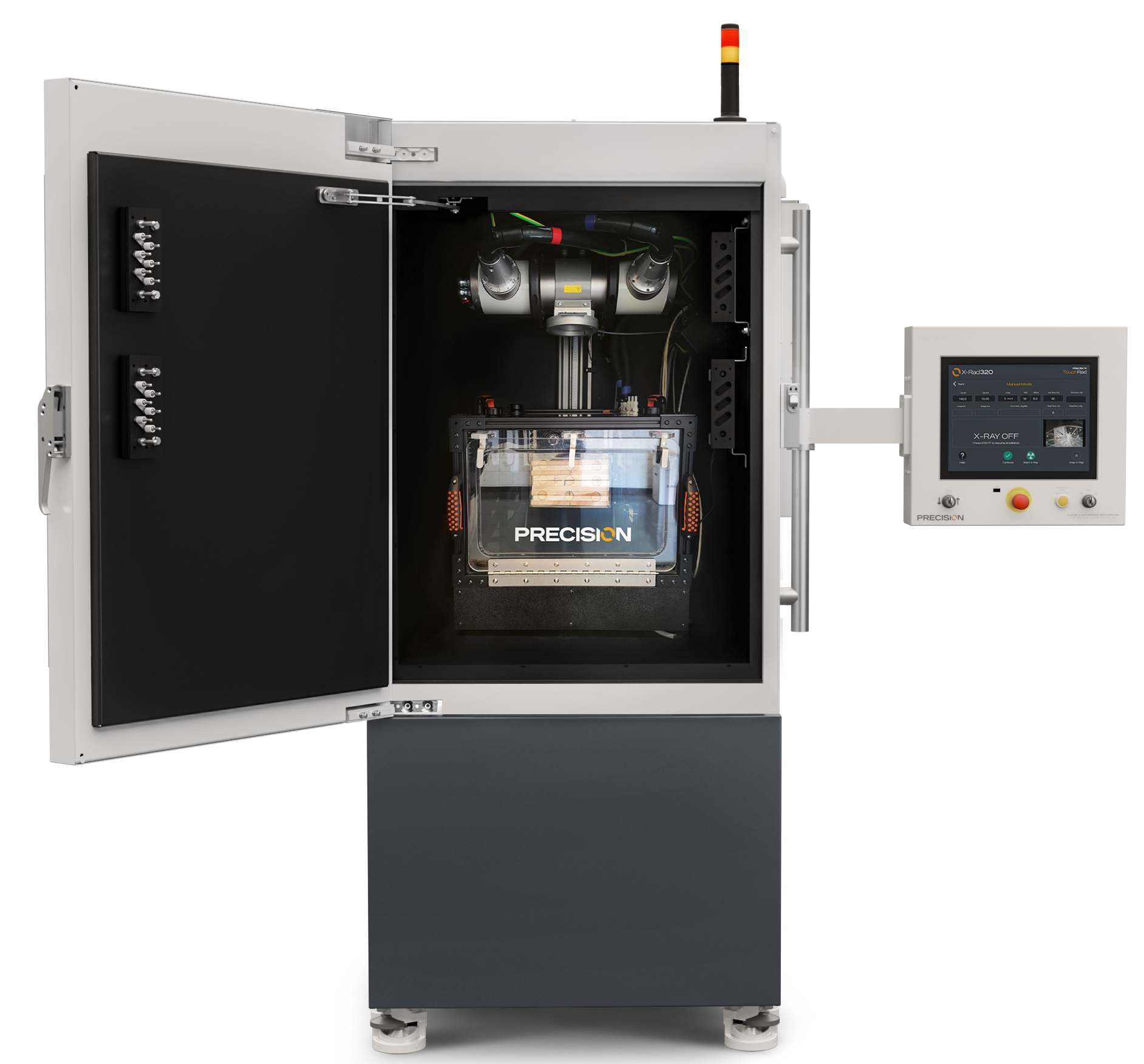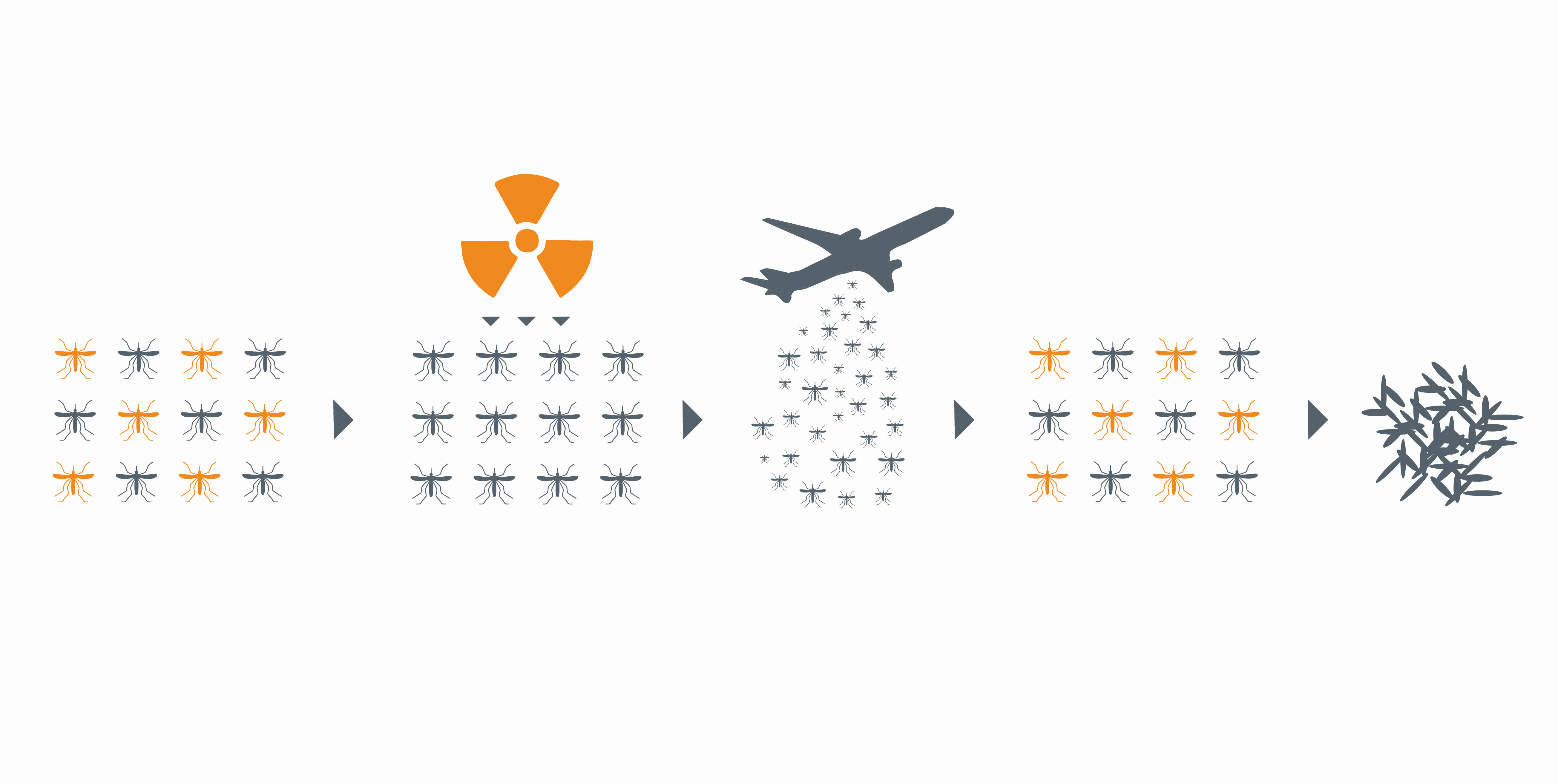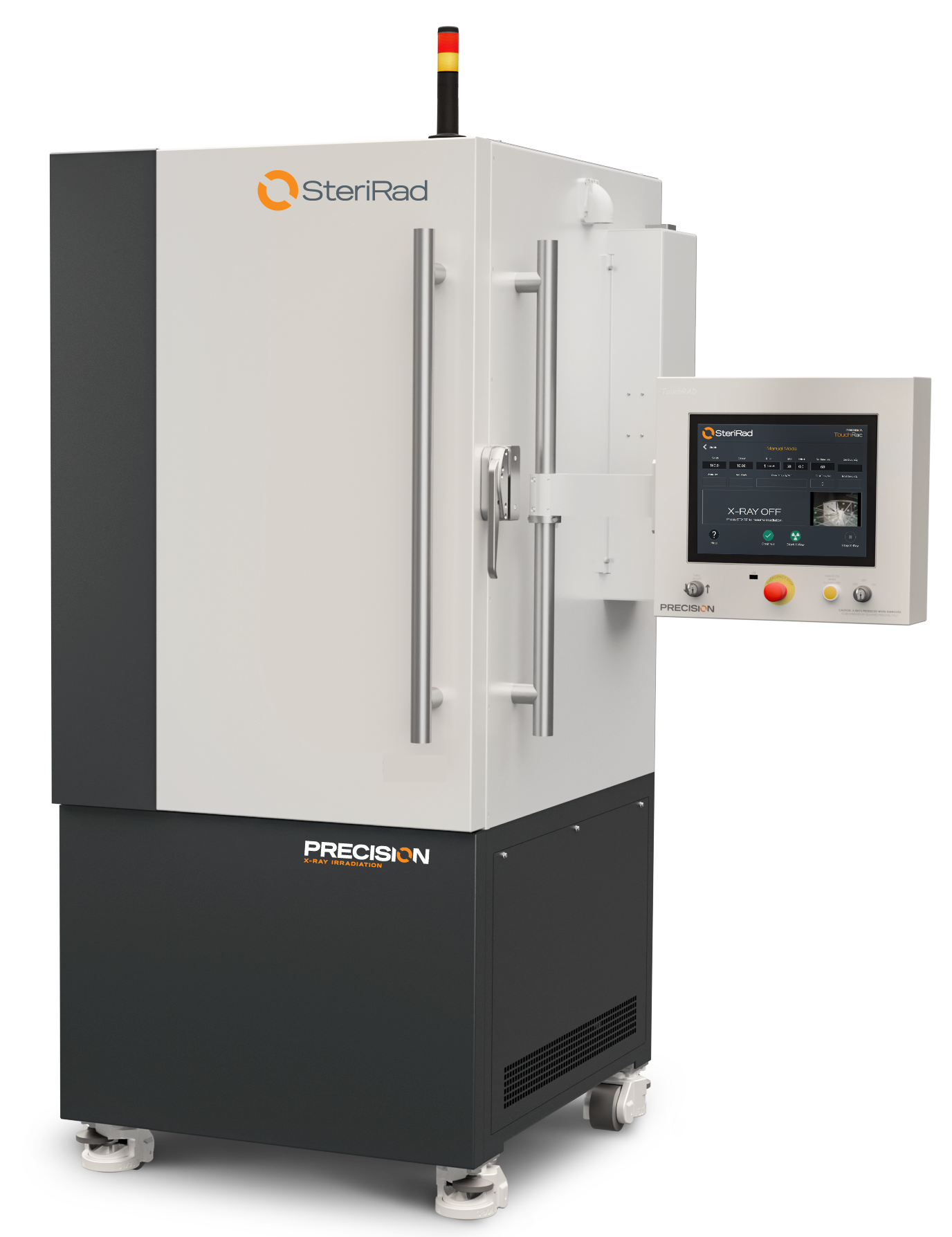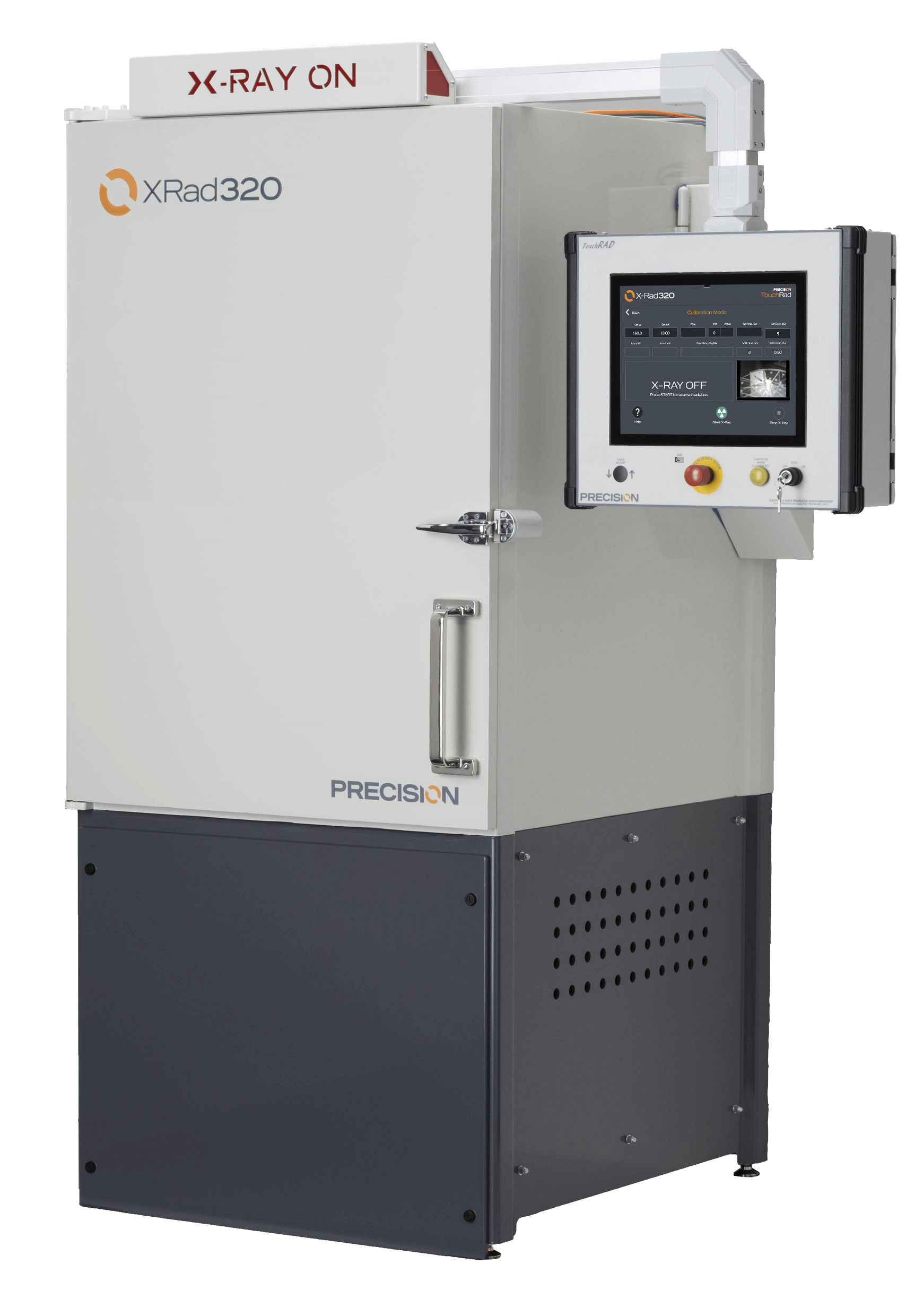Advanced Biological Control
Reduce and control insect populations with an environmentally friendly, natural vector control method. Using X-ray irradiation, insects can be mass sterilized without the use of genetic modification, insecticides, or other harmful chemicals.


How does it Work
- Mass rearing of insects takes place within specialized facilities.
- Male and female insects are identified and separated.
- Male, adult insects are cooled, to the point of sedation, and placed inside a controlled container.
- Using radiation, sterilization is achieved through the use of x-ray.
- The sterilized males are then released into the wild where they mate with females.
- The females lay eggs that result in non-viable offspring.

Vector-borne diseases account for ~17% of all infectious diseases globally, claiming more than 700,000 lives each year and inflicting suffering on many more¹
¹ As reported by WHO 2020
SIT significantly reduces crop and livestock production losses from destructive insects, while protecting these industries through prevention of chemical pest introductions.
Environmental protection through a reduced use of insecticides, as well as maintaining the ecosystem by only introducing native species into a region.
For over 70 years, SIT has been a successful method in controlling insect populations, reducing the likelihood of transmission, maintaining agricultural integrity, and overall improving the health and well- being of the human population.
Leveraging over two decades of expertise in X-ray irradiation systems, we are looking to revolutionize the SIT landscape, with the new SIT Module. By maintaining adult insects in a state of inactivity, we anticipate a substantial boost in the throughput and effectiveness of the SIT process.



